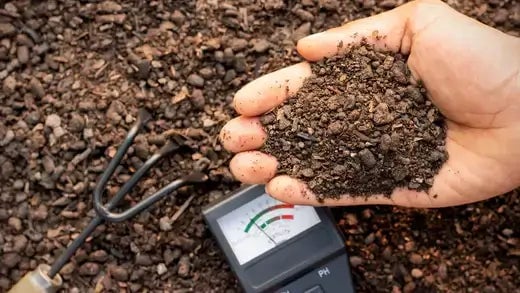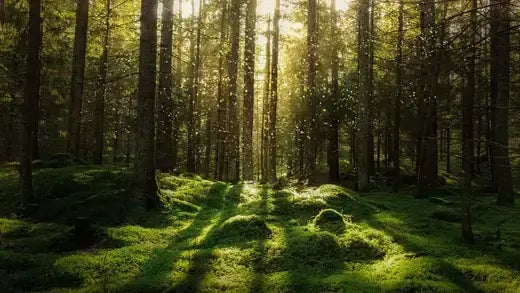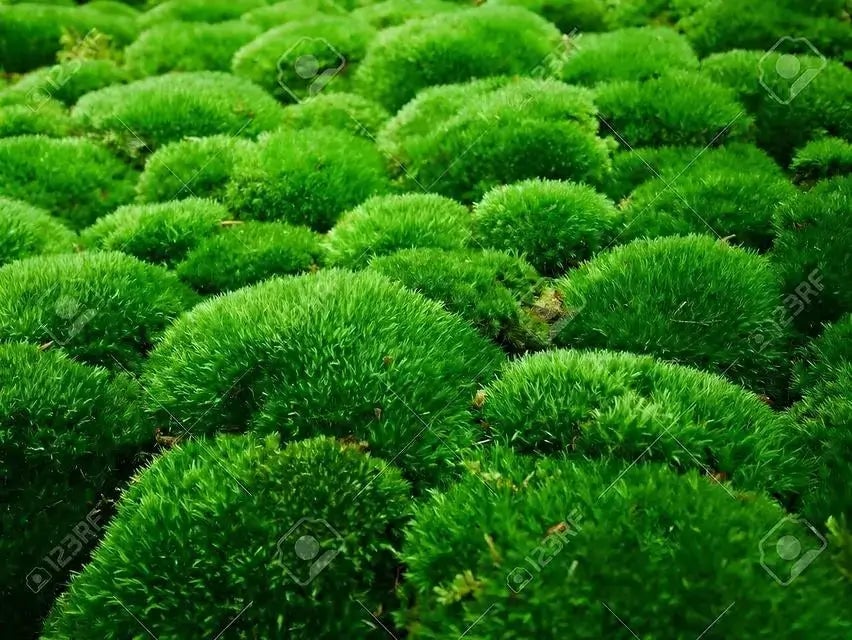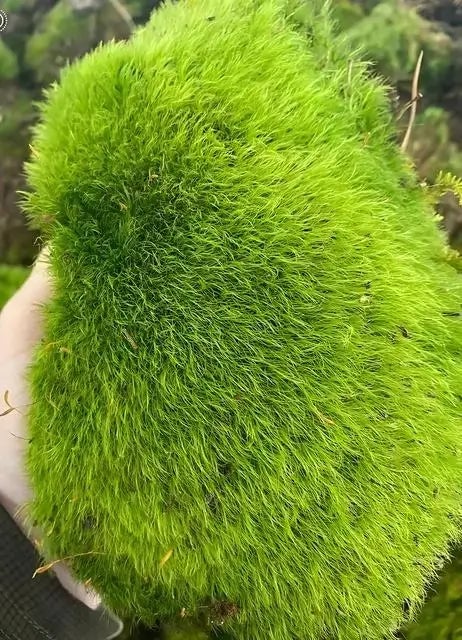What Are the Many Uses of Mosses in Landscaping?
Most of us have moss someplace in our landscape. Most might even consider moss a nuisance. But, before you try to eliminate the moss landscape, why not take an additional glimpse of its potential? It has been around for ages. There will include thousands of varieties of moss all across the world. Live moss may be discovered in shades of grey or green that can be utilized as an asset to your landscape.
It is a favorite feature of most garden styles, like rock and Japanese gardening.
Moss will gladly grow where most new plants won't, like shade. However, it can also be discovered growing upon logs, trees, rocks, and concrete. How is that possible? It does not possess any roots. Instead, moss has small ducts which absorb moisture.
As there isn't any moisture, moss merely goes dormant, waiting until the moisture is restored. Therefore other than an occasional watering of the area, moss is maintenance-free and is unaffected by diseases or pests.
Live moss patches include the ideal material for beginning moss within your landscape. As moss such as carpet moss, cushion moss, rock cap moss, and terrarium moss grow almost any place and within any soil (provided its pH is 5.0 to 6.0), they are pretty simple to transplant from one portion of the landscape to an additional one. Often you may discover moss pieces already growing upon your property and transfer the moss to your selected site. Privet plants look great in landscaping also.
Take a walk around the landscape to check which mosses grow within your locality and gain a sense of their natural habitat. But, do not collect the moss from somebody else's residence without their full consent and avoid receiving it from the wild. Unless you are lucky enough to have already moss growing upon your property, you will more than likely have improved results by locating and selecting moss that is appropriate for your area and site's conditions, such as cushion moss or carpet moss that a reputable moss supplier may obtain.
Most mosses, such as rock caps and terrarium moss, prefer shady places, whereas others appreciate basking in the sun. You should also consider its favorable growing surface like rocks, trees, soil, etc. It may require a bit of research, yet there are multiple live moss resources obtainable, and it will be well worth the additional effort.
Source to Buy a Variety of Live Mosses
Read more

For the typical homeowner, working in the garden is either a tedious but necessary task before getting back to something more substantial. It is a pleasurable respite from daily life's tedious but ...

For a lover of nature and animals, having an aquarium could be such an excellent decorative "live object" to have at home that combines a tight space with the grandiosity of the ocean. It could pro...





